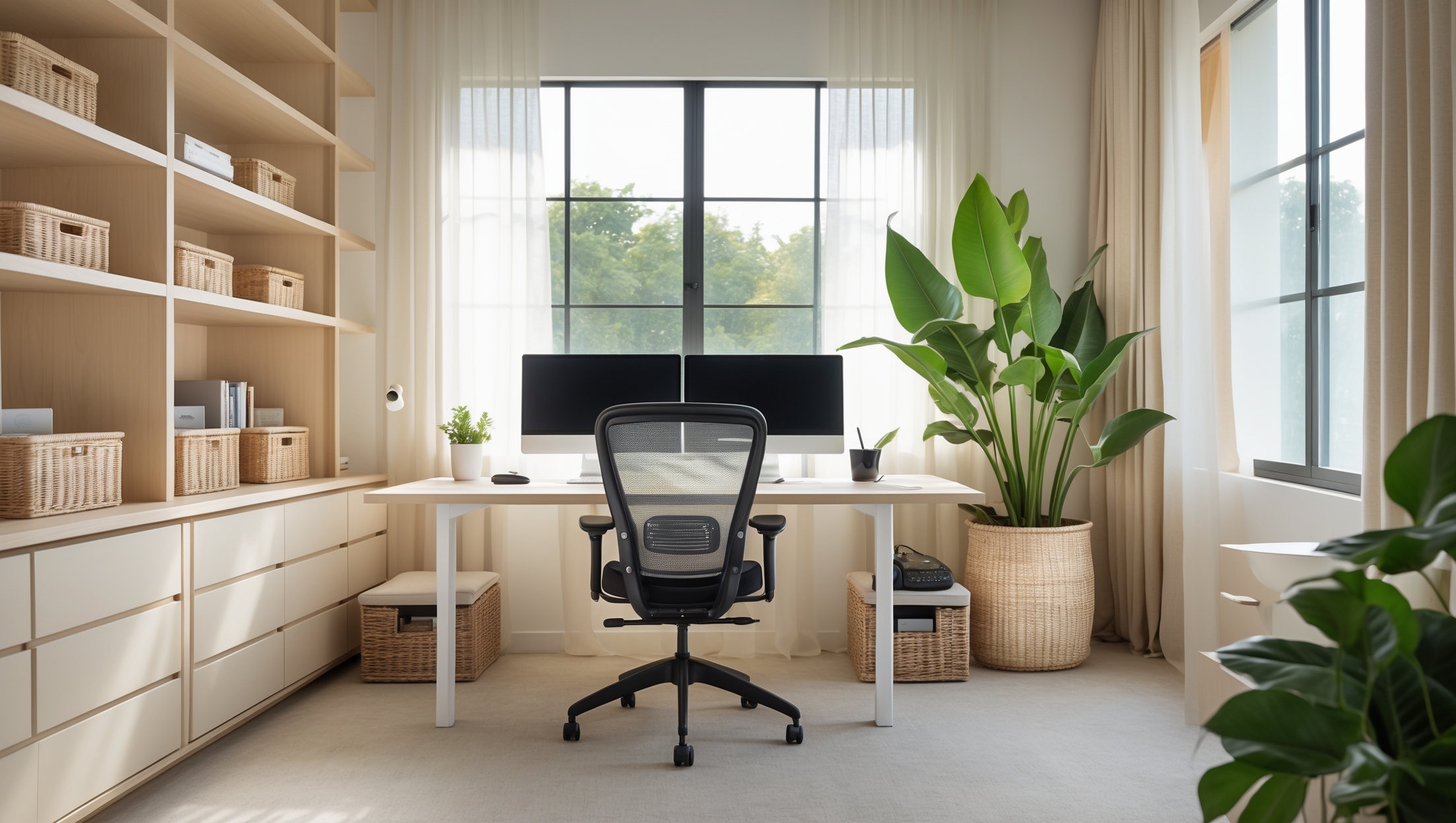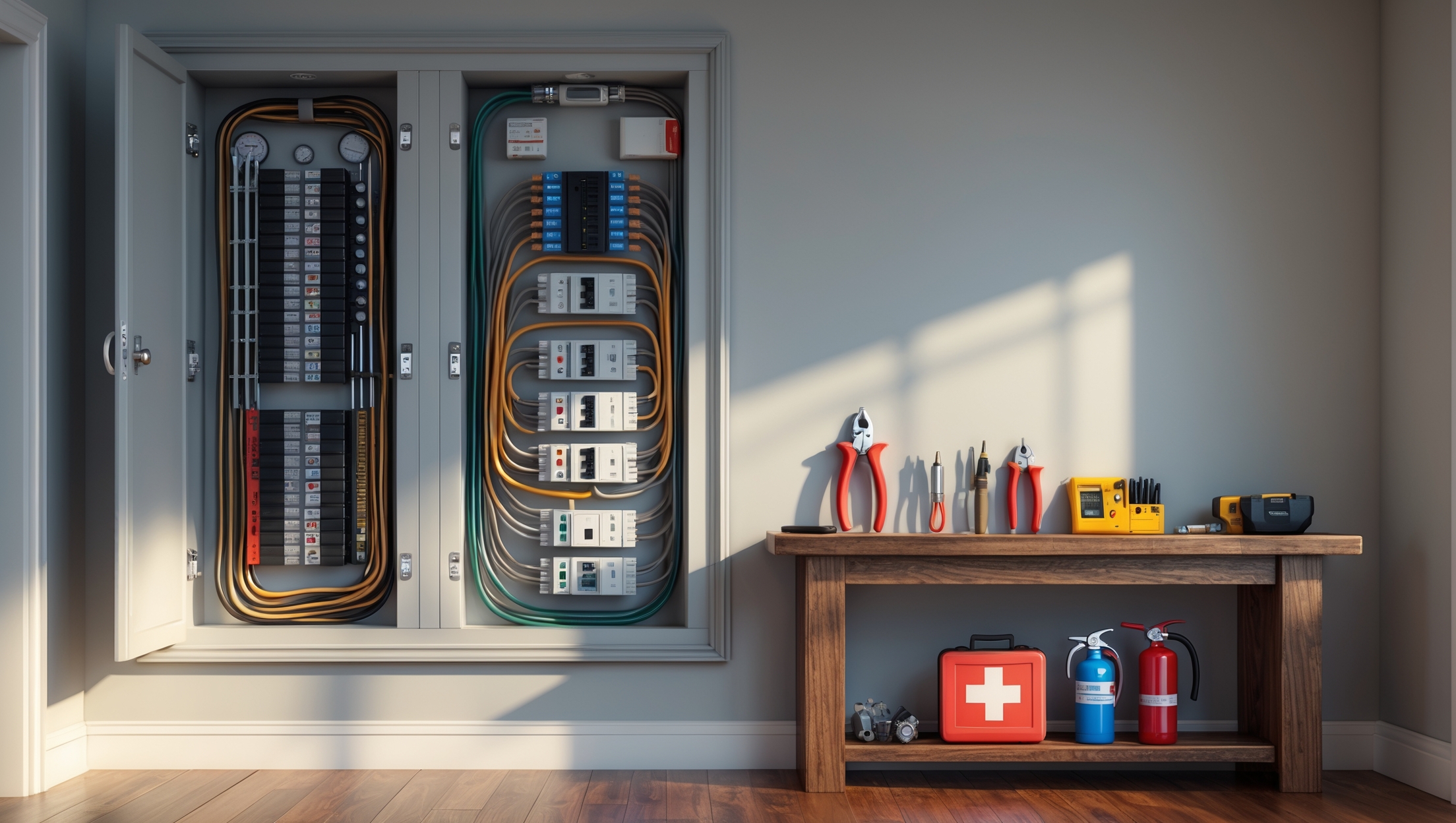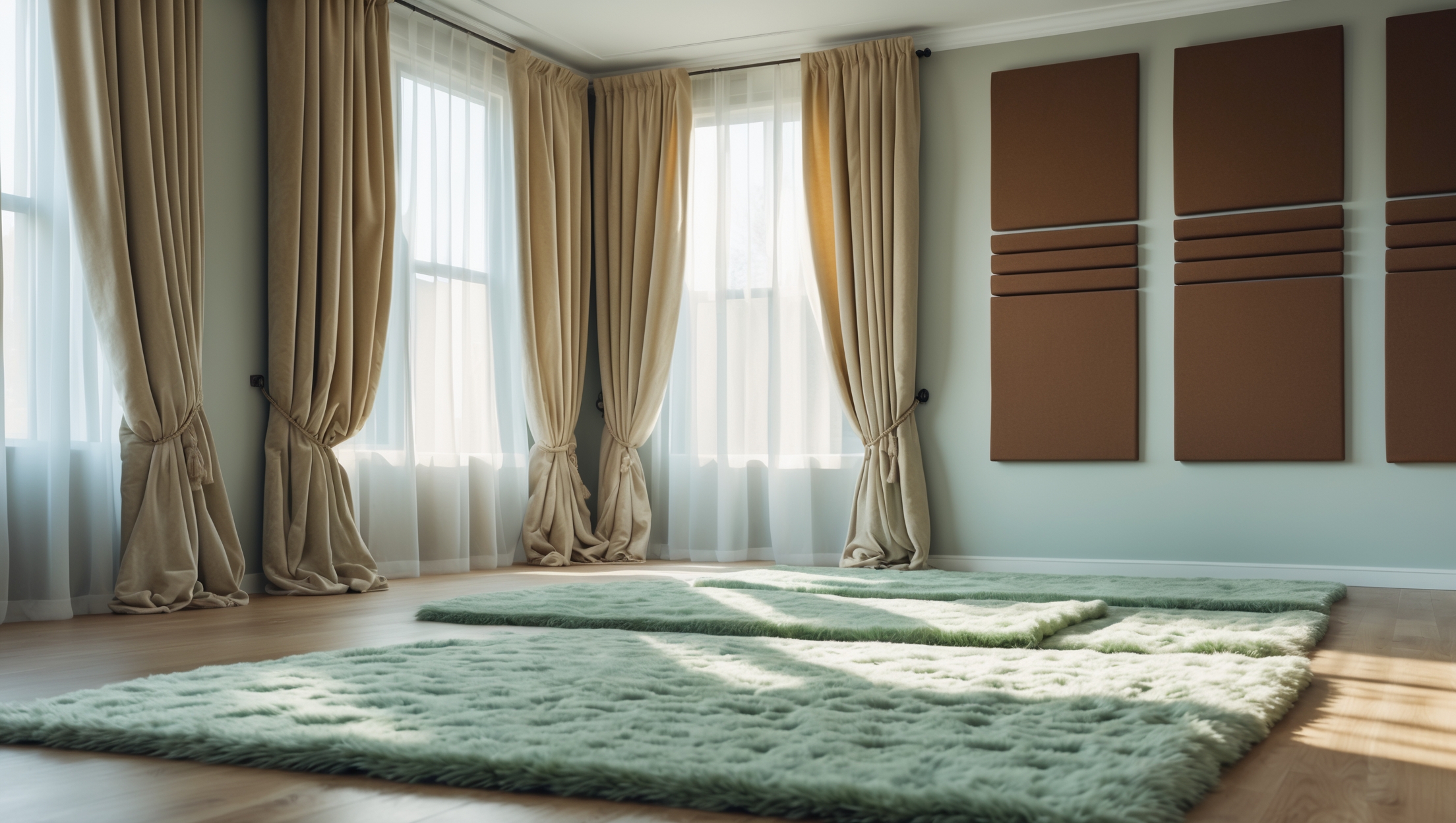Introduction: Why a Purpose-Built Home Office Matters
The shift to remote and hybrid work has made the home office a cornerstone of modern living. No longer just a corner with a laptop, today’s home office demands comfort, efficiency, and style. Whether you’re freelancing, running a business, or telecommuting, a well-designed workspace can make all the difference in productivity, focus, and work-life balance. But building or upgrading a home office is more complex than simply buying a new chair. It involves careful budgeting, compliance with local codes, and selecting features that support your specific needs. In this comprehensive guide, we’ll walk you through the financial planning, regulatory considerations, and must-have features for creating a productive, inspiring home office. Whether you’re starting from scratch or upgrading your space, you’ll find actionable advice to avoid common pitfalls and maximize your investment.
Planning Your Home Office: Budgeting and Cost Breakdown
Setting a Realistic Budget
Before purchasing furniture or knocking down walls, define your project scope and set a clear budget. Costs can range from a few hundred dollars for basic upgrades to tens of thousands for a full renovation. Consider:
- Furniture and Equipment: Desk, chair, storage, monitors, lighting, and technology.
- Construction and Renovation: Wall partitions, built-in shelving, electrical work, soundproofing, and flooring.
- Permits and Compliance: Costs for permits or professional consultations, if required.
- Professional Services: Fees for electricians, carpenters, or designers if you’re not DIYing everything.
- Finishing Touches: Paint, décor, organizers, and plants.
Sample Budget Breakdown
- Desk and Ergonomic Chair: $400–$1,500
- Technology (Monitors, Docking Station, Peripherals): $500–$2,500
- Lighting (Task and Ambient): $100–$600
- Storage Solutions: $200–$1,000
- Construction (if converting a room or adding walls): $2,000–$8,000
- Soundproofing: $500–$2,000
- Permits (if needed): $100–$500
- Professional Fees (as needed): $500–$3,000
Cost-Saving Tips
- Shop secondhand or repurpose existing furniture.
- DIY painting and basic installation tasks.
- Use modular shelving and storage for flexibility.
Compliance and Permits: Don’t Overlook the Legal Details
When Are Permits Needed?
Not all home office upgrades require permits, but it’s critical to check local building codes, especially if you plan to:
- Construct or remove walls
- Add electrical outlets or lighting circuits
- Install new windows or exterior doors
- Convert a garage, attic, or basement into a permanent office
Contact your city or county building department for guidelines. Failing to secure permits can result in fines, forced removal of upgrades, or issues when selling your home.
Common Compliance Considerations
- Electrical Codes: New outlets or lighting must meet code for wiring, placement, and load.
- Fire Safety: Proper egress (window/door size), hardwired smoke detectors, and flame-retardant materials.
- Accessibility: If you’ll have clients or employees on-site, ADA compliance may apply.
- HVAC and Ventilation: Adding ducts or vents requires compliance with mechanical codes.
- Homeowner Association (HOA) Rules: Some HOAs restrict exterior changes or business use.
Must-Have Features for a Productive Home Office
1. Ergonomic Furniture
Investing in ergonomics prevents strain and boosts comfort. Key pieces include:
- Adjustable Desk: Sit-stand desks offer flexibility and support healthy posture.
- Ergonomic Chair: Look for adjustable lumbar support, seat height, tilt, and armrests.
- Monitor Arms: Free up desk space and keep screens at eye level.
2. Lighting That Works for You
- Natural Light: Position your desk near a window for mood and energy, but use blinds to control glare.
- Task Lighting: Adjustable LED lamps reduce eye strain during focused work.
- Ambient Lighting: Soft overhead or wall lighting creates a comfortable atmosphere.
3. High-Performance Technology
- Reliable Internet: Upgrade to high-speed fiber or mesh Wi-Fi for video calls and cloud apps.
- Docking Station: Easily connect a laptop to monitors, keyboard, and peripherals.
- Surge Protection and UPS: Protect devices from power surges and outages.
4. Sound Control
- Acoustic Panels: Absorb noise and reduce echo for clearer calls.
- Solid-Core Door: Blocks noise from the rest of the house.
- Rugs and Curtains: Soften sound and add warmth.
5. Smart Storage Solutions
- Built-In or Modular Shelving: Maximize vertical space for books and equipment.
- Filing Cabinets: Lockable storage for sensitive documents.
- Cable Management: Use trays, clips, or grommets to keep cords tidy.
6. Inspiring Design Elements
- Personal Decor: Art, photos, and plants spark creativity and comfort.
- Color Psychology: Blues and greens for calm, yellow for energy.
- Decluttered Surfaces: A tidy workspace supports focus.
Step-by-Step Guide: Upgrading Your Home Office
Step 1: Assess Your Needs
List your daily tasks and tech requirements. Do you need space for dual monitors? Video calls? Creative workspaces? Will clients be visiting?
Step 2: Choose Your Location
- Private Room: Best for focus and sound control.
- Converted Space: Attics, basements, or garages offer flexibility; check for insulation and HVAC.
- Shared Space: Use dividers, bookshelves, or curtains to separate work from living areas.
Step 3: Plan Layout and Storage
Sketch your layout, considering electrical outlets, natural light, and movement flow. Plan storage for supplies, files, and tech.
Step 4: Address Compliance and Permits
- Consult your local building department before structural or electrical changes.
- Hire licensed professionals for code-required work.
- Document all upgrades for future home resale value.
Step 5: Purchase and Install Furniture
- Test chairs and desks in person; prioritize comfort over style.
- Install monitor arms, keyboard trays, and cable management systems.
Step 6: Optimize Lighting and Technology
- Layer natural, task, and ambient lighting.
- Upgrade internet and install a surge protector/UPS.
- Test video and audio setups for conferencing.
Step 7: Soundproof and Add Finishing Touches
- Install acoustic panels or add soft furnishings.
- Add plants, artwork, and personal touches for motivation.
Insurance Essentials for Your Home Office
Homeowner’s Insurance Coverage
Standard homeowner’s policies may limit coverage for business property or exclude liability for work-related accidents. Review your policy and consider:
- Business Property Endorsement: Covers higher-value equipment or inventory kept at home.
- Liability Coverage: Needed if clients or employees visit your home office.
- Errors and Omissions Insurance: For professional liability if you provide advice or services.
Consult your insurance agent before making significant upgrades to ensure adequate protection.
Maintenance Best Practices for a Lasting Home Office
Routine Cleaning
- Dust electronics, surfaces, and vents weekly.
- Sanitize keyboard, mouse, and phone regularly.
Equipment Checks
- Update software and firmware monthly.
- Test surge protectors and battery backups every 3–6 months.
- Inspect cables and replace damaged ones promptly.
Workspace Refresh
- Rearrange furniture as your needs evolve.
- Declutter files and supplies every quarter.
- Rotate plants and artwork for renewed inspiration.
Common Home Office Upgrade Mistakes to Avoid
- Underestimating Costs: Always budget for a 10–20% buffer for unexpected expenses.
- Skipping Permits: Even minor electrical or structural changes can require approval.
- Neglecting Ergonomics: Poor posture leads to discomfort and reduced productivity.
- Ignoring Sound and Lighting: A noisy, poorly lit office is a recipe for distraction and fatigue.
- Overcrowding the Space: Prioritize essential equipment and keep surfaces clear.
- Forgetting Insurance: Don’t assume your homeowner’s policy covers business use.
Conclusion: Invest in Your Productivity, Comfort, and Well-Being
Upgrading your home office is more than a design trend—it’s a strategic investment in your daily productivity and well-being. By approaching your project with a clear budget, awareness of compliance requirements, and an eye for essential features, you can create a workspace that supports your goals for years to come. Remember to prioritize ergonomics and technology, address lighting and sound, and protect your investment with the right insurance. Avoid common pitfalls by planning thoroughly, consulting professionals when needed, and maintaining your office as your needs evolve.
The right home office isn’t just about aesthetics or equipment—it’s about building an environment where you can do your best work, minimize stress, and achieve the work-life balance that remote work promises. Whether your upgrade is modest or all-out, the practical steps in this guide will help you create a functional, compliant, and inspiring space. Invest thoughtfully, stay adaptable, and enjoy the benefits of a home office that truly works for you.




